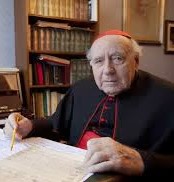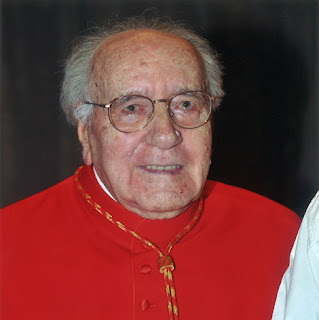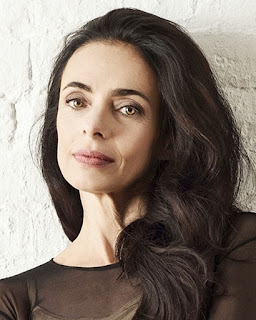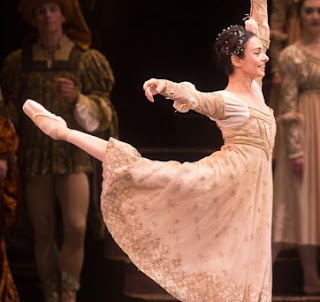Duke’s French connection may have proved fatal
| Victor Amadeus ruled the Duchy of Savoy for seven years until his death |
He was the son of Charles Emmanuel I, Duke of Savoy, and Catherine Micaela of Spain, daughter of Philip II of Spain.
Victor Amadeus spent much of his childhood in Madrid at the court of his grandfather.
He became heir-apparent to the Duchy of Savoy, when his brother, Filippo Emanuele, died in 1605 and he succeeded to the Dukedom after his father’s death in 1630.
Charles Emmanuel’s policies had made relationships with France and Spain unstable and troops were needed to defend the Duchy.
But as there was no money to recruit mercenaries or train local soldiers, Victor Amadeus signed a peace treaty with Spain.
In 1619 he married Christine Marie of France, the daughter of Henry IV of France and Marie de Medici.
After war broke out amongst rival claimants to the city of Mantua, the French took the fortress of Pinerolo, part of the Duchy of Savoy, in 1630.
The Treaty of Cherasco the following year brought peace again to northern Italy. According to the treaty, France renounced its conquests in Piedmont, but it was later discovered that Victor Amadeus had surrendered Pinerolo to France.
| Pinerolo sits in the shadow of the Alps about 40km southwest of Turin, about 75m from the French border |
In league with the French army, Victor Amadeus defeated the Spanish forces in the Battle of Tornavento in 1636 and the Battle of Mombaldone in 1637.
The French Marquis du Crequi held a banquet on 25 September 1637 to celebrate the victories and Victor Amadeus attended. Several guests at the banquet subsequently became ill, including the Duke of Savoy.
Victor Amadeus was taken to Vercelli where his condition worsened and he passed away a few days later in October 1637. As it was well known that there had been friction between him and Crequi because their military strategies had been incompatible, rumours soon circulated that the Duke of Savoy had been poisoned.
His widow, Christine Marie of France, served as regent of the duchy until 1663. It was inherited in turn by her sons, Francis Hyacinth, and Charles Emmanuel II.
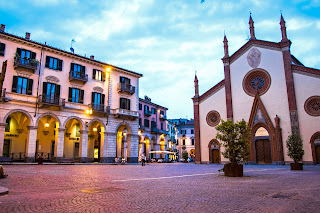 |
| The Piazza Duomo in Pinerolo |
Pinerolo is a town about 40km (25 miles) southwest of Turin on the River Chisone in Piedmont. It was one of the principal fortresses of the dukes of Savoy. French troops invading Piedmont in 1536 conquered Pinerolo and it stayed under French control until 1696. The Man in the Iron Mask, who was a legendary unidentified French prisoner, was held in the Fortress of Pinerolo from 1669 to 1681 when he was moved to another prison. The prisoner has been featured in various works of fiction, most famously in the novel The Vicomte de Bragelonne, by Alexandre Dumas.
 |
| Piazza Umberto I in Mombaldone |
The Battle of Mombaldone, where Savoy troops and French forces defeated the Spanish army, took place on September 8, 1637 at Mombaldone, a comune in the province of Asti, about 70 kilometres south east of Turin. Featured by I Borghi piu belli d’Italia - a private association that promotes small Italian towns it deems to be of "strong historical and artistic interest" - Mombaldone still has its medieval centre and part of its 13th century castle, which was badly damaged during the battle.
Home
